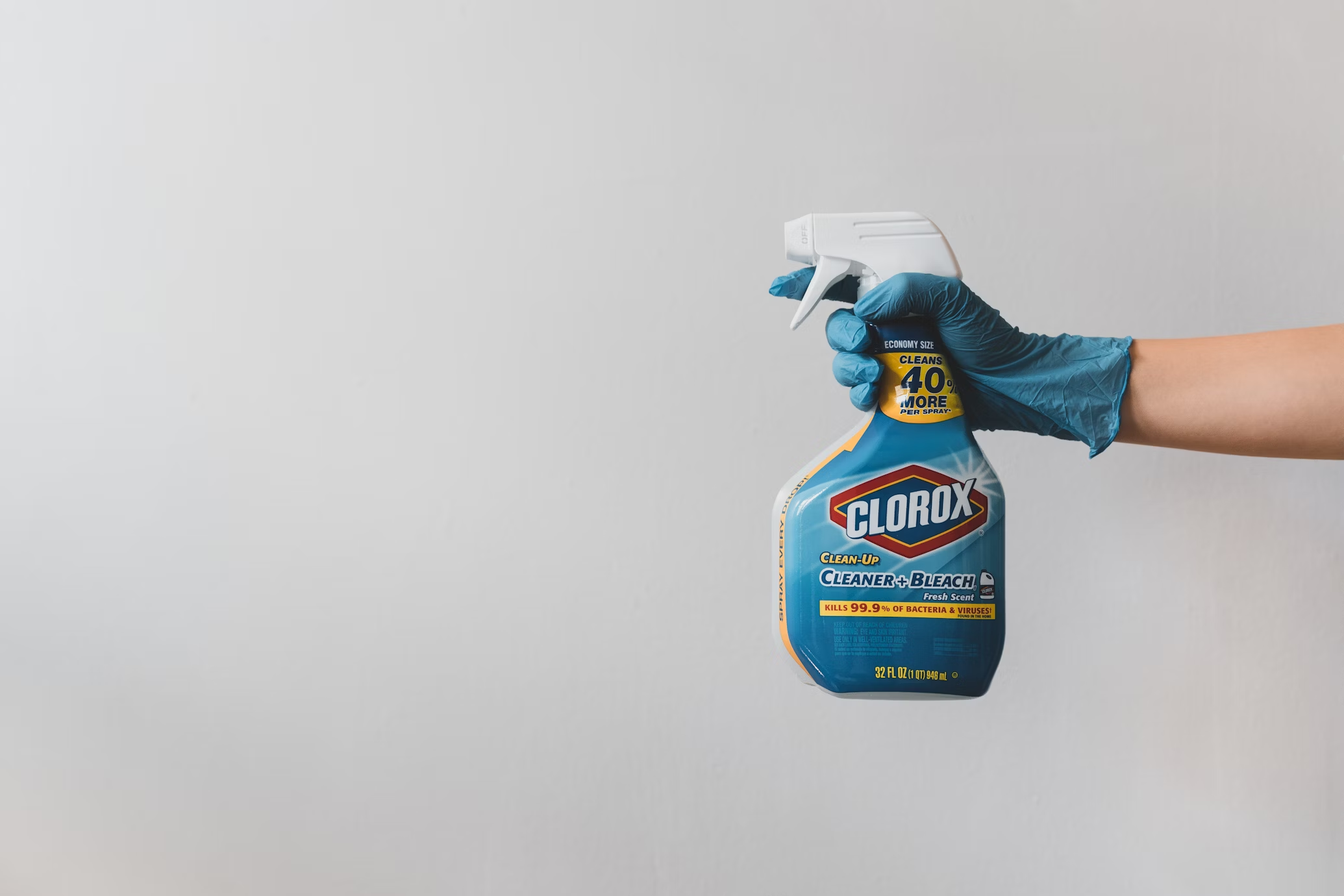Similar to average storage rooms, shipping containers can accumulate dirt and even hazardous materials over time. Because of that reason, shipping container cleaner tools are must-have items for all container owners.
With the availability of shipping container cleaner tools at their disposal, owners can perform DIY container maintenance practices easily. As such, it is highly recommended for container owners to have such tools.
Effective Shipping Container Cleaner Tools

The following tools are widely used by container owners thanks to their effectiveness in cleaning shipping containers.
High-Pressure Washers
A high-pressure washer is one of the most common shipping container cleaner tools. These tools are vital for cleaning accumulated dirt, corrosion, and grime from a container’s external and interior surfaces.
High-pressure washers remove tough materials by spraying water at high speed, sometimes combined with cleaning solutions. With its powerful water pressure, this tool is ideal for deep cleaning and routine maintenance because it can effortlessly eliminate oil stains, chemical residues, and other dirt.
High-pressure washers come in many types, including electric and gas-powered ones, and are appropriate for varying degrees of cleaning intensity. Gas-powered pressure washers, for example, usually have higher pressure levels, which makes them perfect for tough cleaning tasks on aluminum or steel shipping containers.
Steam Cleaners
Another powerful tool for cleaning shipping containers is a steam cleaner, particularly for eliminating oil, grease, and other tough stains that are challenging to remove with just water.
Steam cleaners use high-temperature steam to dissolve dirt and grime before removing them by wiping or rinsing. By eliminating germs and other dangerous pathogens from surfaces, this technique sanitizes containers frequently used in storing food items.
Steam cleaners are an eco-friendly alternative to high-pressure washers because they don’t need chemicals to clean containers. Additionally, steam cleaning is less likely to harm any protective coatings on the container’s surface since its cleaning method is not as forceful as high-pressure washers.
Chemical Cleaners
People usually use chemical cleansers in situations where containers have substantial contamination from harmful or hazardous compounds. These cleaners neutralize specific pollutants, such as oils, acids, or biological threats.
Chemical cleaning solutions are usually sprayed on using specialist equipment like disinfectants and degreasers. Even though chemical cleaners work wonders, it’s important to ensure the cleaning staff is wearing the right safety gear and the room is well-ventilated before using them.
To guarantee that the container is safe for use in the future, cleaners must rinse the container thoroughly when the chemicals have finished their work.
Rotary Scrubbers
A rotary scrubber is a specialist equipment for cleaning the shipping containers’ inner walls and floors. These devices have revolving brushes that clean the container’s exterior to remove old paint, corrosion, and debris.
They work particularly well for restoring old, perhaps rusted, or very filthy containers or prepping a container for a fresh coat of paint.
You can adjust rotary scrubbers to fit into confined areas within containers. To increase their cleaning efficacy, you can also use these scrubbers alongside cleaning agents.
Vacuum Systems
When working with containers with a lot of loose debris like dust, small particles, or other non-liquid waste, you can use vacuum systems to clean them.
Industrial vacuum cleaners can easily empty containers without manual sweeping because they can quickly and effectively suck these materials.
Furthermore, certain vacuum systems additionally include HEPA filters to ensure no dangerous particles slip through and damage the environment. These filters are essential for cleaning containers that hold toxic or hazardous compounds.
Rotary Blasters
Rotary blasters, also known as sandblasters or grit blasters, are strong tools you can use to clean badly rusted or corroded shipping containers.
This tool blasts layers of paint, filth, and rust from the container’s surface using high-velocity particles like sand or other abrasive materials. Rotating blasters are popular for thorough cleaning or refurbishing containers for prolonged usage.
However, you’ll need a professional operator when using a rotary blaster because the tool’s improper use can harm the container. Furthermore, you need to repaint the container anytime after blasting it to keep the exposed metal from corroding.
Foam Cleaning Systems
You can use foam cleaning systems to clean containers that carry perishable products like food or medications.
When using this tool, you can apply the container’s surface with a thick foam layer that contains sanitizers and cleaning chemicals. The cleaning solutions can break down impurities more effectively since the foam sticks to the walls and floors.
After applying the foam, let it sit for a few minutes, and then clean it with water to leave the container disinfected and clean.
Because of that, foam cleaning tools are popular for eliminating organic residues and guaranteeing a container is free of mold or germs that could contaminate upcoming shipments.
Manual Tools
Apart from the mechanical and chemical cleaning instruments mentioned before, you can use manual tools like brooms, mops, scrapers, and sponges for smaller cleaning tasks.
These are the perfect tools for touch-up cleaning after thorough cleaning or clearing away loose debris. Despite their more mundane capabilities, manual tools are nonetheless effective for cleaning confined spaces or difficult-to-reach places inside the container.
Dehumidifiers and Ventilation Systems
Although they are not cleaning products in the conventional sense, dehumidifiers and ventilation systems are crucial for keeping shipping containers clean.
With these systems, you can maintain adequate ventilation and humidity management in a cleaned container to prevent mold growth, corrosion, and other moisture-related problems.
While ventilation systems circulate fresh air inside the container to keep it dry and clean for future usage, dehumidifiers remove excess moisture from the air.
Conclusion
By using the best shipping container cleaner tools to clean your shipping containers, you can prevent cases of food poisoning and other related risks. At the same time, you must only buy containers from trusted vendors like Tradecorp that have improved capabilities of preventing the accumulation of dirt. With over 35 years of experience in the container industry, Tradecorp guarantees all its containers have lower risks of dirt accumulation from prolonged use.

